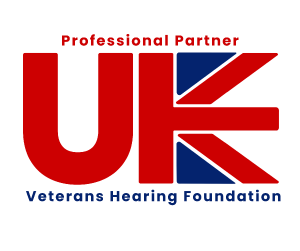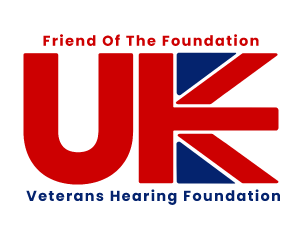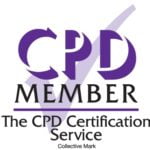What is an Audiologist’s Tools and Equipment?
When your Audiologist arrives at your front door for a home hearing test or wax removal, you might wonder why it looks like they’ve packed everything but the kitchen sink. Why do they carry so many bags and cases? Let’s break down the essential tools and explain their roles—so you’ll know they’re not planning to move in.
The otoscope
One of the most essential tools in an audiologist’s kit is the otoscope. They use this device to examine your ear canal and tympanic membrane (eardrum). Before they can begin a hearing tests of wax removal procedure, they must conduct this exam – called otoscopy – to check for ear canal blockages or abnormalities.
At Hear4U, we use the Welch Allyn Otoscope in our clinics and the Heine Mini Otoscope for home visits.
Heavy Audiology Equipment
The bulky equipment includes a laptop, audiometer, aural microsuction tools, and water irrigation kits – plus their accessories. Depending on the appointment type, the audiologist might not need every item but they usually travel with everything just in case. Nothing is worse than arriving at home visits or satellite clinic unprepared.
Audiologist use laptops to run audiometry and hearing aid programming software. This allows them to conduct hearing tests and adjust hearing aids according to your hearing thresholds. The most common hearing test at Hear4U is Pure Tone Audiometry, which they perform using the Inventis Piccolo audiometer in home visits.
In-clinic, we use the Inventis Trumpet and Kamplex audiometry systems. These devices deliver sound using air conduction headphones or bone conduction bands placed behind the ear. The patient uses a response button to indicate when they hear a tone.
Audiometer and transducers
The audiometer and its transducers are stored in a wheeled case, along with a variety of hearing aid programming connectors. Since each manufacturer uses differnt systems and newer generations bring even more variations – Audiologists need a wide range of adapters.
Hear4U professionals can connect with major hearing aid brands like Phonak, GN ReSound, Starkey, Widex, Oticon, and others.
Hearing aids
If you are having a hearing test for the first time and wish to try a pair of hearing aids during the appointment, the Audiologist will have a pair of the latest technology hearing aids with them to be able to program up for you, unless you require a power hearing aid – which will need a more occluding or custom fitting for the best sound quality. In their pull-along case, they will carry with them all the Audiologist tools and equipment required for taking any aural impressions required, which are then sent off to a manufacturer for custom fitting hearing aids and ear moulds to be made. Also in the pull along case, will be all the equipment needed for the retubing of ear moulds and changing of wax traps. A small stock of batteries and wax traps are carried for general sale.
Audiologist tools and equipment for at-home ear wax removal
For earwax removal at home or in a satellite clinic, Hear4U offers both water irrigation and aural microsuction. Audiologists carry all the equipment for both techniques at all times. They use a DeVilbiss rechargeable suction unit for microsuction and a Propulse Ear Irrigator for water irrigation-each packed in separate bags.
As you can see, audiologists don’t travel light – and for good reason. While it may seem surprising at first, every item in their kit has clear and specific purpose. They’re prepared for anything to make sure your hearing care experience is thorough, comfortable, and professional.






